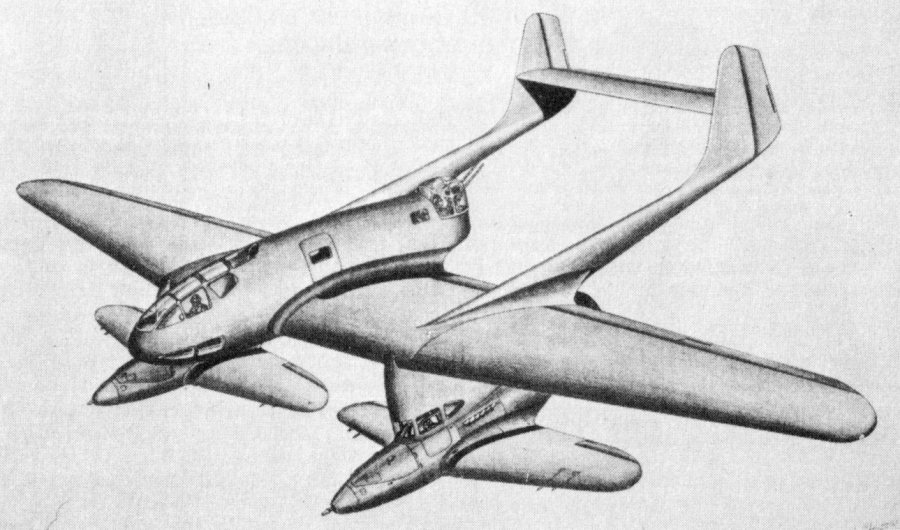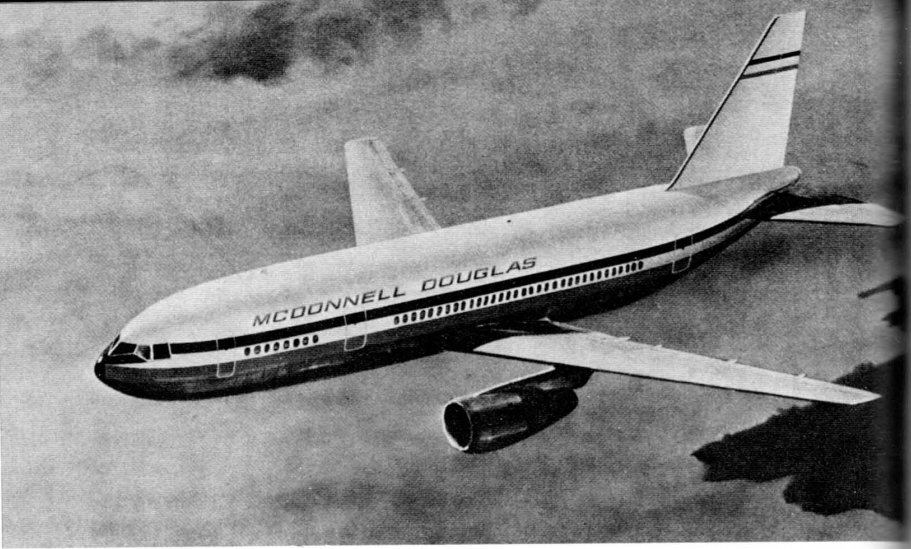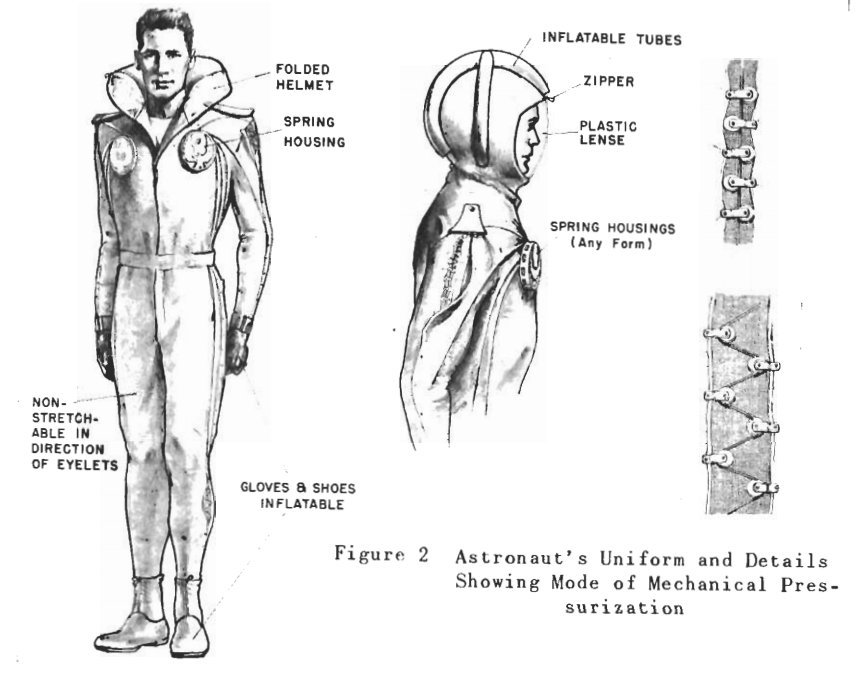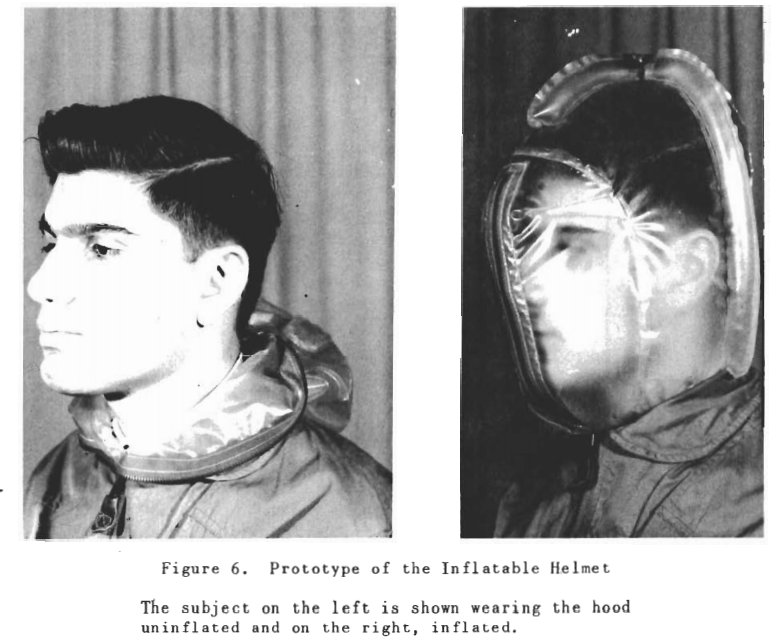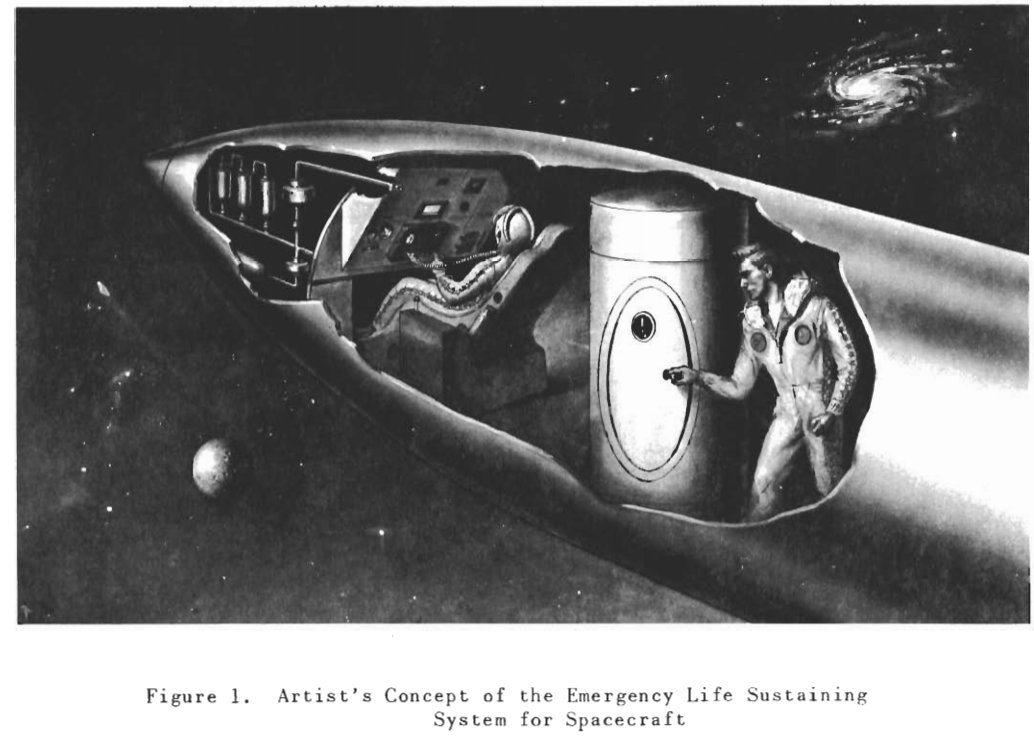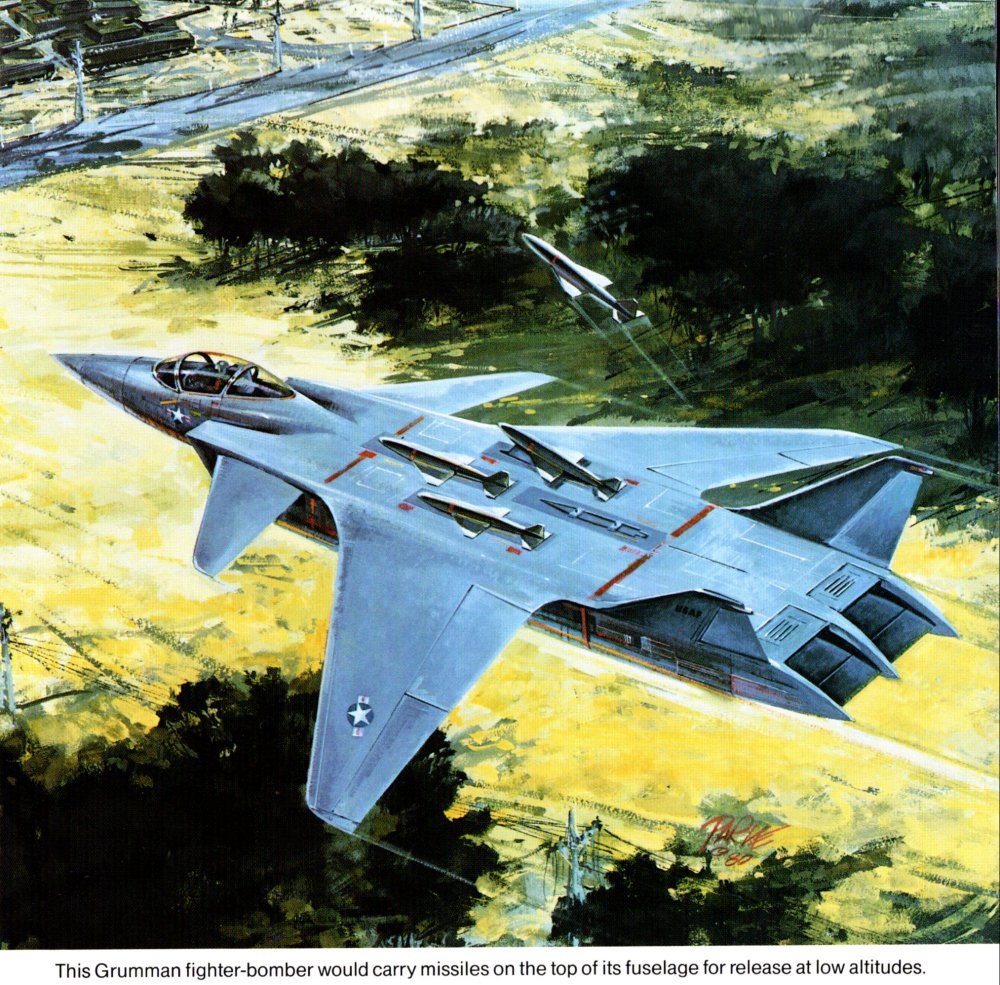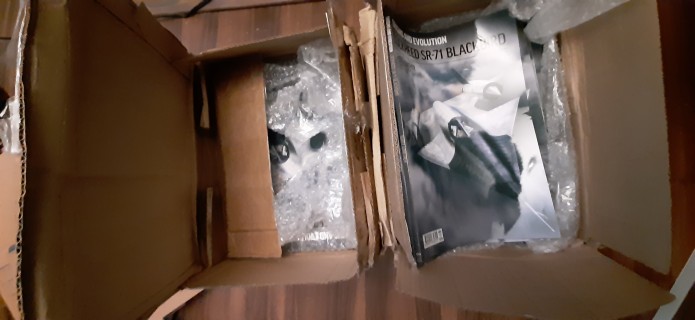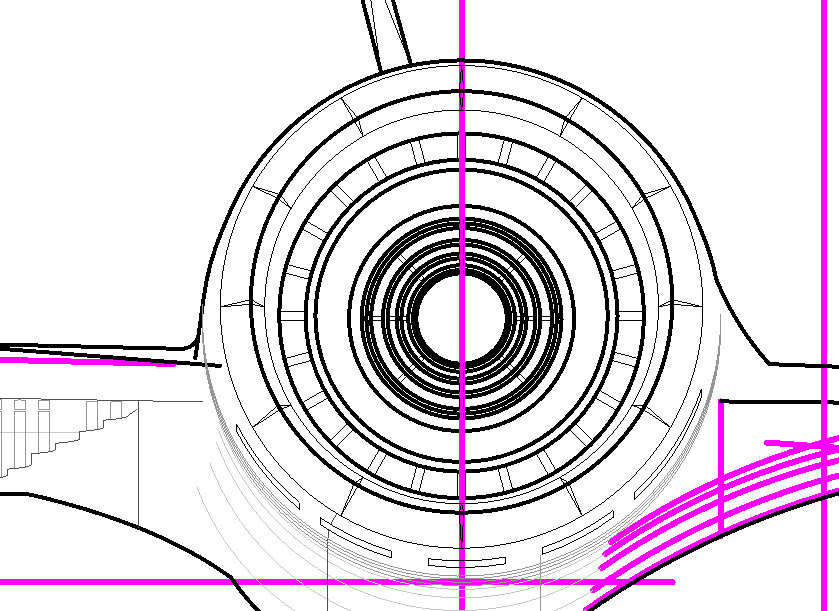A 1942 US Army Air Force artists concept of a “battleglider” depicts a troop transport glider with an unusual means for propulsion. Rather than being towed into the air, this aircraft relied on the powerplants of two bell P-39’s attached to substantial under-wing pylons. The pylons encompassed the cockpits of the fighters, necessitating large windows in the pylons for the pilots to see through.
I am *made* of questions when I look at this. During powered flight… who’s the pilot? I would assume the pilot of the glider, somehow having access to the controls of the fighters… at least the fighters engines. Do the pylons drop off after the fighter separate? Does landing gear deploy down through the pylons? You’re certainly not going to land safely with those pylons hanging down there. Who does the fighter-jettison? Again, presumably the glider pilot has control, but do the fighters have independent control? Are their aerosurfaces locked during attached flight? Can the fighter pilots force the glider to maneuver? The glider fuselage actually looks a little small; what’s the troop/cargo complement? Do the fighters promptly return to base after releasing the glider, or do they continue to provide cover and perhaps serve in the ground attack role?
